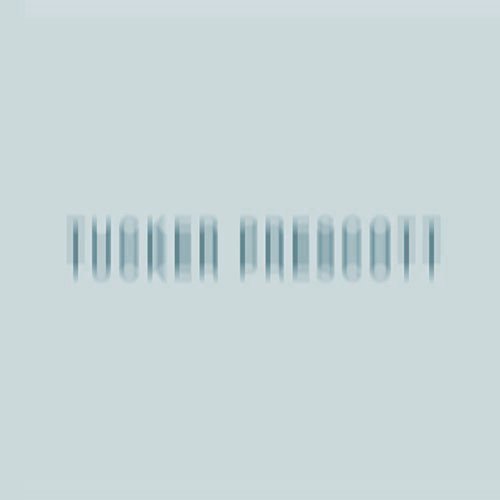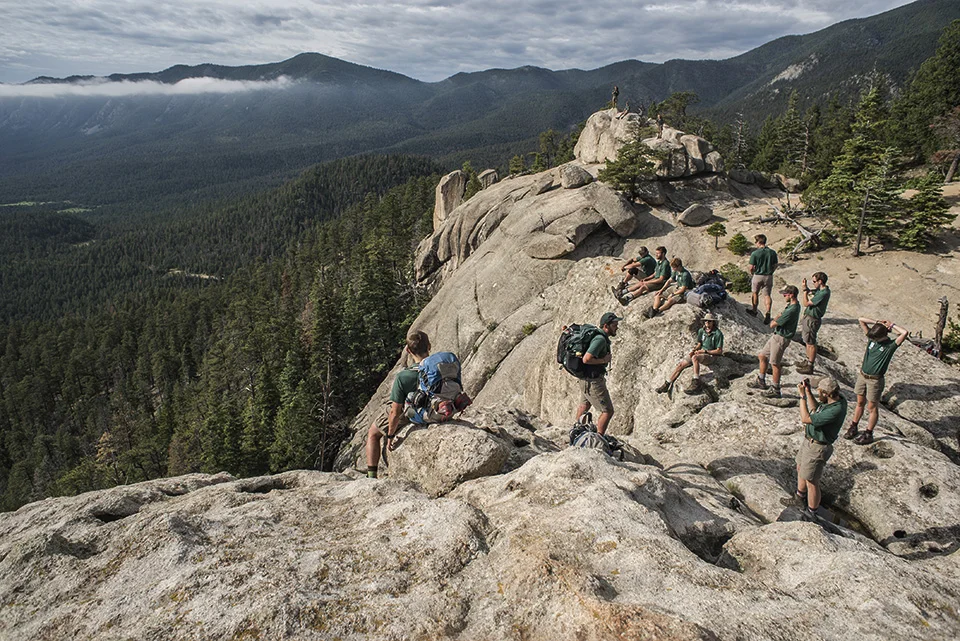Over the last six months I've had the pleasure of working with Able VFX on several of their recent projects. Here are some of the now completed works.
For the LG/Independence Day spot I was tasked with replacing skies from a mid-day shoot in Joshua Tree on a bland, lightly clouded day. The process involved first selecting imagery for or creating myself the new skies appearing in the spot, tracking camera shake, then rotoscoping or keying out the original skies to place in new sunsets. I also graded all of the footage to fit more with the sunset/dusk theme and carried out most of the final compositing. The main sunset was actually partially taken from a photograph I took in Ibiza:
The three spots below were part of a group of seven advertising Bridgestone's new amateur tour ball. I carried out color grading and matching between the different shirts worn by the golfers as well as the golfers' skin tones. Matching became complicated as some of the shirt colors were a light salmon and some skin was much too pale to advertise the golf balls during the summer. Detailed masking was necessary to pull of the correct color, requiring extensive, lengthy and sometimes painfully tedious roto. Other members of the team, particularly Jason Porter, pulled off the beautiful and incredible 3D animation in the spots.
I was tasked with editing three sizzle reels for Able's different areas of expertise. With guidance from Able's director, David Johnson, and using their immense catalog of beautiful imagery, I was able to create three distinct feels for the three categories. They are visible on their website here as well as below:

































